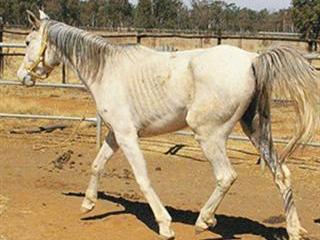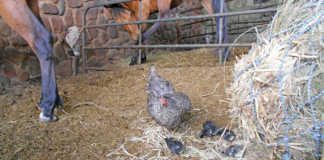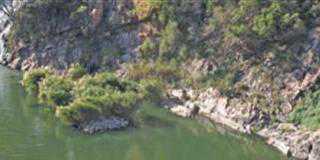
Your horse will be as healthy as its diet. Keep to a few rules for feeding and not much will go wrong. Horses are naturally grass eaters.
Food is important to maintain body temperature, replace wasted tissue and build and repair body condition.
It also supplies energy for movement and the internal processes of digestion and circulation.
However, our domestic horses are required to have more energy for short sprints, perform at speed, sometimes over obstacles, and go long distances, all of this with a weight on their backs.
Essentially, these are “unnatural” pursuits for a horse for which its natural feed is no longer sufficient.
Therefore your horse will need protein-rich food, with the ingredients put together in such a way that its digestive system – designed for soft grass – can cope with it. Remember, a horse is a “trickle feeder”.
Its stomach is relatively small and can only cope with around 2,5kg of food at a time. A comprehensive dental and deworming routine will ensure good digestion. Treat its teeth at least once a year.
Some things to remember:
- When working out the horse’s feed ration, always take into account its age, bodyweight, temperament and workload. A more active or nervous horse will burn more energy and needs more food. A sluggish horse needs less.
- Divide your horse’s food into small frequent feeds. A horse will happily munch through a whole drum of feed and promptly develop colic – so give no more than 2,5kg of feed at a time.
- Horses are creatures of habit. They like to be fed at the same time each day.
- Water is in some ways more important than food, as it aids in the absorption of nutrients – always have plenty available.
- Horses are “substrate specific”, meaning a sudden change in feed will cause a major upset in the gut. Any change should be done very gradually over several days.
- Always feed according to the work done that day. If you give a horse a day off, cut its feed for that day.
- Always allow your horse a chance to digest its food before you ride it, or you’ll put unnecessary stress on the lungs (the stomach lies near the diaphragm) and the rest of the system (blood is needed for muscle usage and digestion). One hour between feeding and tacking up is normally safe.
- Know the weight of your scoops! Don’t guess – you could be drastically underfeeding. Keep a list of how many scoops are equivalent to how many kilos of different feeds.
- Always throw away feed your horse leaves behind. Never re-use it.
- Try to add something fresh and “yummy” to the feed regularly, such as carrots, apples, turnips or bananas. Learn your horse’s likes and dislikes.
- Feeding poor quality feed turns into a “Rob Peter to pay Paul” scenario.
- A balanced, ready-made horse feed will save you from making a costly mistake! If you’re in an area without access to a balanced horse ration, contact a horse dietician.
- Always leave your horse to eat in peace and quiet.













